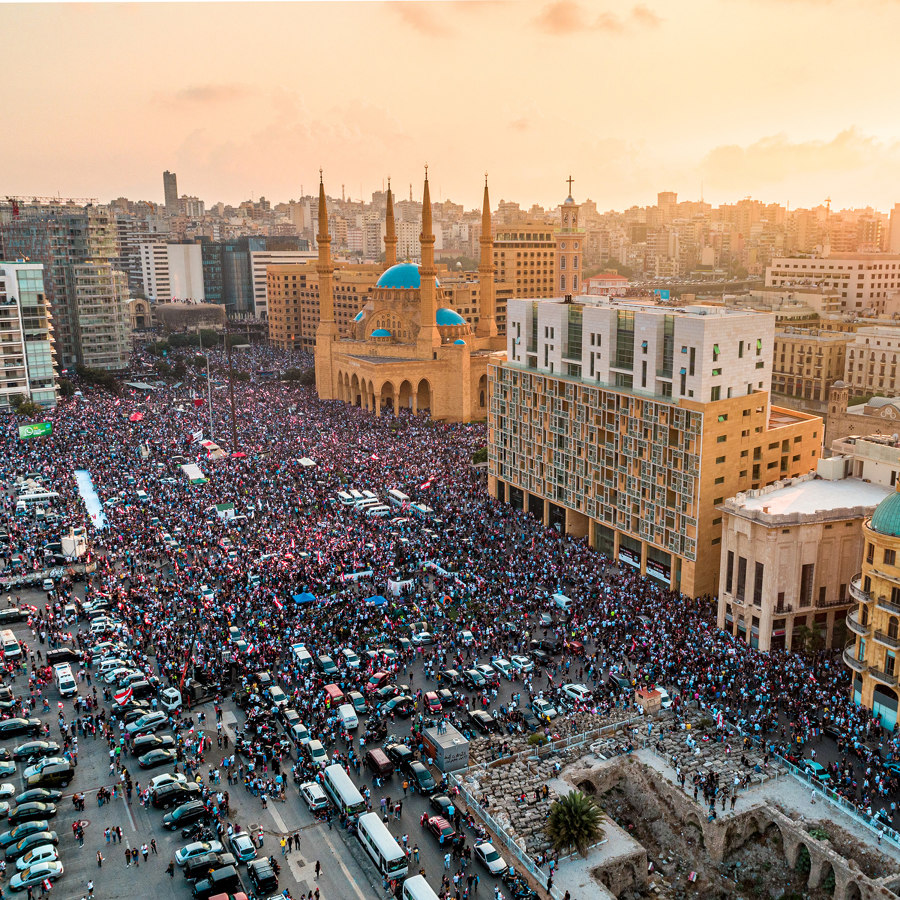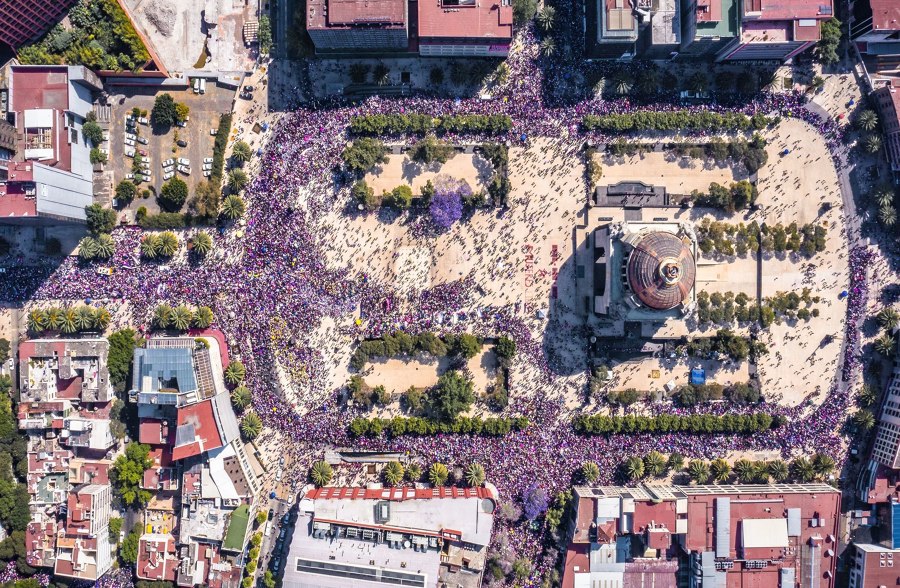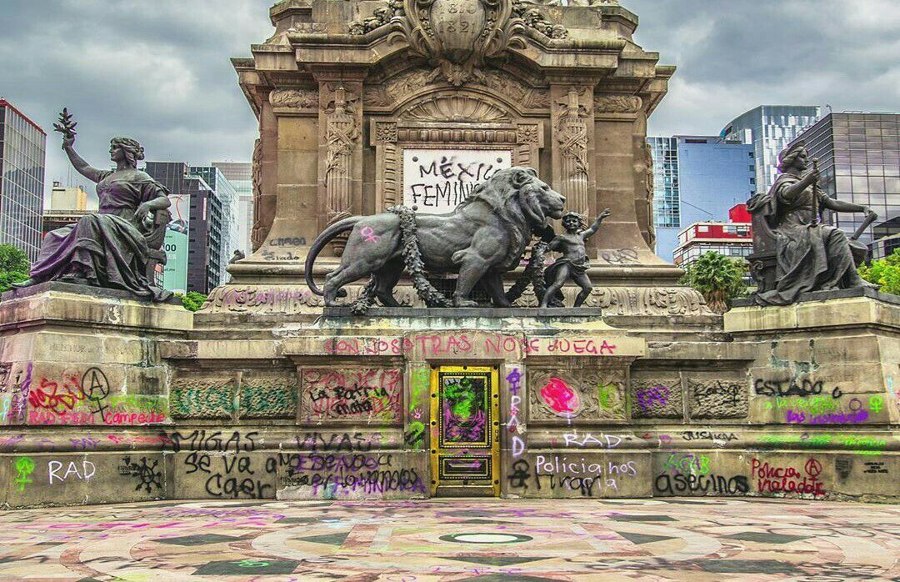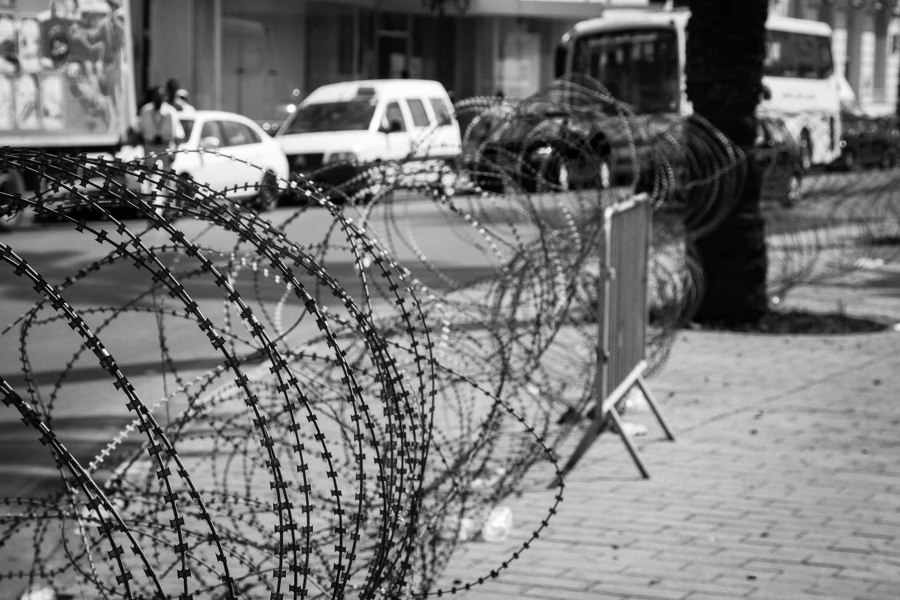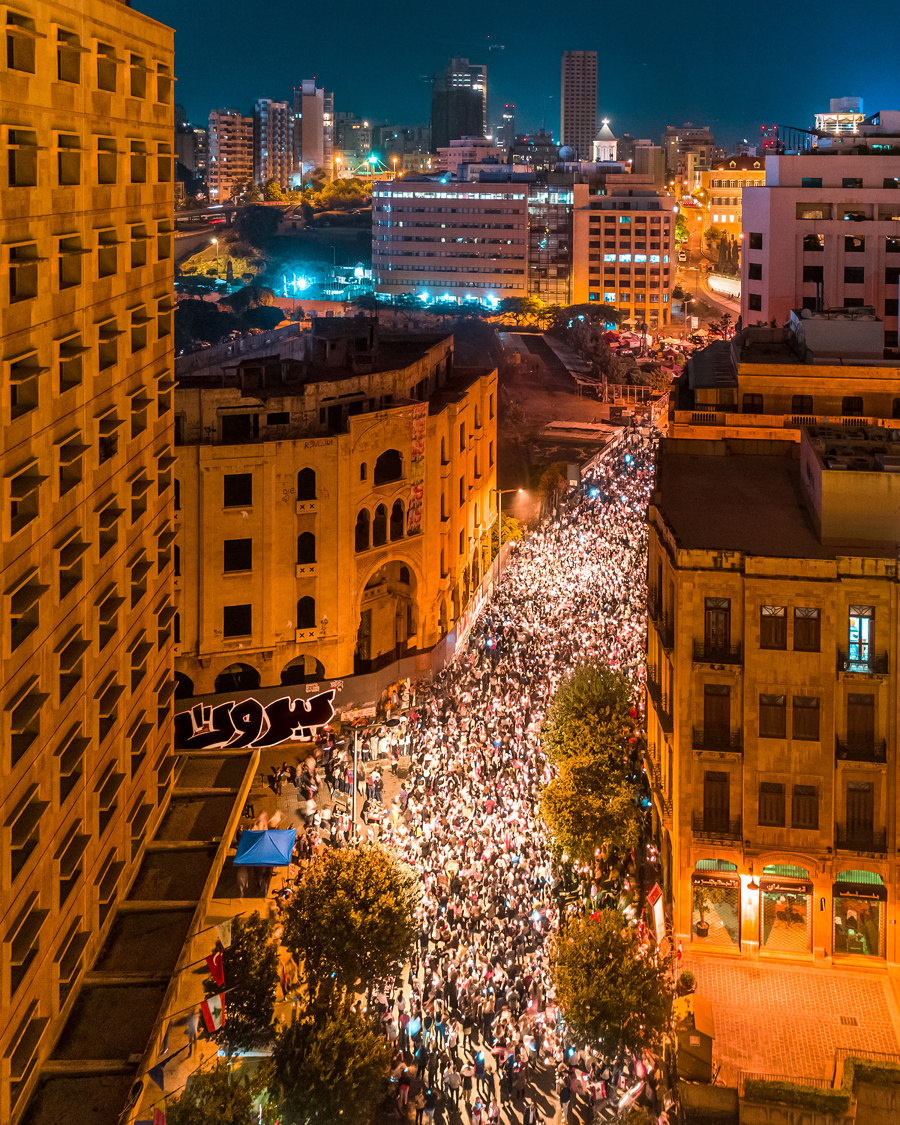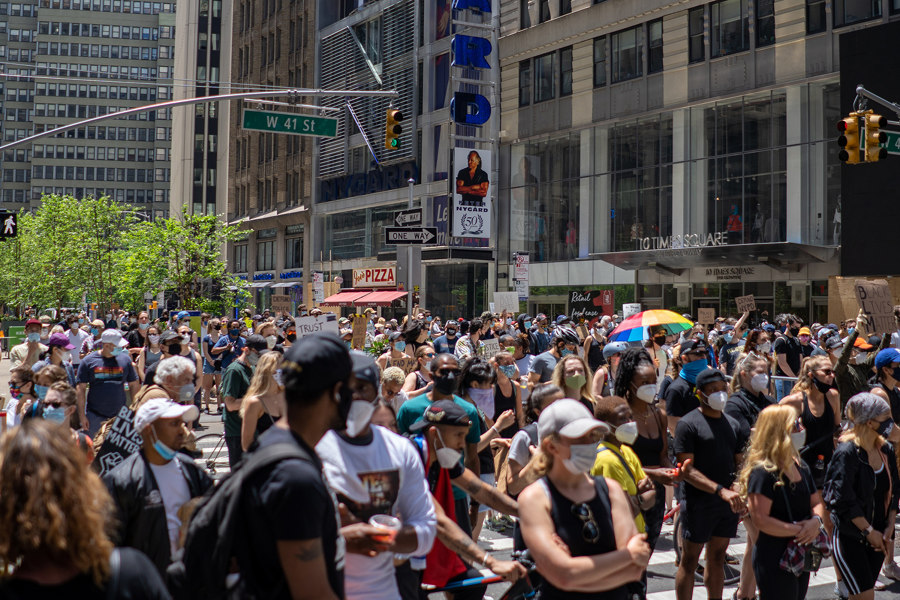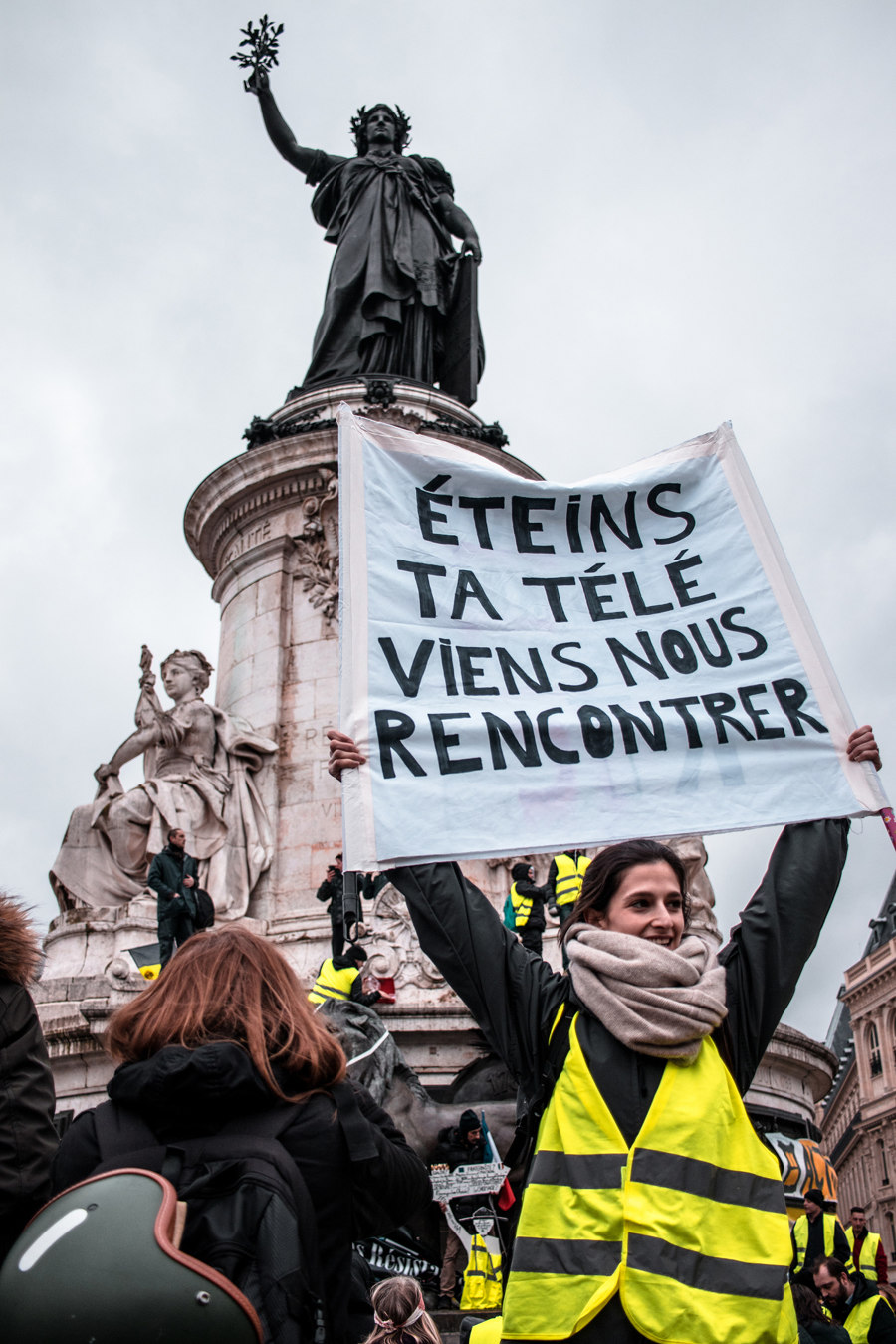Public Spaces: Places of Protest, Expression and Social Engagement
Texte par ArchDaily
06.08.20
Public spaces have always played a central role in human life. They provide the setting for public expression in all its forms – from civic celebrations to street protests – and how they are designed usually speaks to the type of regime they represent.
Text by Christele Harrouk
'Public space' is a legal term that tackles the notion of land ownership, suggesting that this type of parcel does not belong to anyone in particular, but to the state itself. Open, free, accessible to all, and financed by public money, these spaces are not only the results of planning, but the consequences of the public practices they hold. Actually, people define how public space is used and what it means.
Protests – powerful political tools for change – from the March on Washington in 1963, the Arab Spring in the early 2000s to recent Black Lives Matter Movements, are altering the world. In times like these, while people still need to 'take their issues to the streets' to be heard and seen, public spaces have resurfaced as a topic of discussion.
Not limited to its definition, public spaces have always been considered as a place of exchange since the Greek Agoras and the Roman Forums, where men came together and discussed matters of the state. In fact, the concept comes from our need to be connected to others. It’s a place of encounters, translating how we practice space in relation to others. It ignites the idea that we are part of a collective effort, that we belong to this world… that we exist.
Plaza de la República, México City. Image © Santiago Arau
A public space is a form of democracy. It is a space of freedom of movement, expression, and most importantly, it is our first contact with a city. A mere reflection of the urban fabric, it reveals cultural, economic, and political influences. Diverse, by definition, public space gives us the chance to be exposed to different types of people, especially in urban areas.
In general, in order to discover the behaviour of a neighbourhood, a district, or a city, we often turn to these spaces. When animated, these meeting places can even change a city’s image temporarily with the implementation of markets, parades, and festivities, or permanently through the introduction of new programs. They can range from planned streets, intersections, plazas, boulevards, parks and squares, to informal sidewalk settings, interstitial spaces and an overflow of private spaces onto the public domain.
A physical illustration of the individual and the collective vision, these areas have symbolic values. Scale, location, borders, angles, views, proportions, and artefacts play a role in determining the final outcome of these areas. They could stop time, overwhelm and oppress passersby, intimidate people, and translate power and tyranny. They could also generate a sense of belonging within the citizens of the same territory, cultivate pride, and encourage hangouts.
Along with all these variables, one constant remains unchallenged. Public spaces are places of expression. Some more than others – due to a series of proper factors put together – but all public spaces inspire exchange. Even repressive, over-planned and monitored squares encourage people to revolt against them, or against what they actually represent, from governments, political regimes, to economic systems. Often the sites of protest, they transform into places of resistance, where revolutions and social uprisings emerge. In fact, in an article posted on 'The Conversation', Majdi Faleh states that 'the public square should not be represented as the city’s gated property or as a walled garden. It should be a space that provides citizens with opportunities to engage in political and social debates'.
Read on to discover public spaces of expression around the world.
Paseo de la Reforma, México City. Image © Santiago Arau
The Arab Spring Takes Back the Public Space
'Like the agora, the mosque provided the space in the city where the male, adult population exercised its political rights', explains Nasser Rabbat in his study entitled 'The Arab Revolution Takes Back the Public Space'. Actually, plazas and squares were only introduced in the late 19th century in Arab cities through mandates and colonial authorities. Spatially controlled and planned for military movement, these spaces had no civic meanings until they became the grounds of revolution and blood. 'In fact, squares such as Tahrir Square in Cairo, Taghyir (Change) Square in Sana'a, and Sahat al-Sa‘a (Square of the Clock, renamed Freedom Square) in Homs have come to frame the Arab revolutions and to represent their exuberance and anguish at the same time', stated Rabbat.
Tahrir square, Cairo. Image via Shutterstock / By matias planas
As governments around the world understand the threat that the public space itself generates, they often exercise pressure, barricade, and control these areas, in order to silence these movements. In Egypt, Tahrir Square was a constant reminder of the powerful control the regime had over public spaces; and Tunisia’s Habib Bourguiba Avenue, the main stage of the 2011 Tunisian Revolution, was a space that 'reflects the power, control, and prohibition of protests during 23 years of dictatorship', according to Josh Sanburn in Time. On another hand, Pearl Roundabout in Bahrain and Green Square in Tripoli have benefited from a lack of state surveillance, to gather numbers of protestors.
Barbed wire on the streets of capital on Tunis city. Image via Shutterstock/ By Lukasz Janyst
Beirut Reclaims its Streets
With a lack of public spaces in Lebanon, making up only 0.5% of Beirut according to the UN-Habitat, the Lebanese people took back the remaining few public areas and reclaimed their streets with the start of the October 17 revolution. People invaded highways, Beirut’s Martyrs’ and Riad Solh squares, as well as adjacent parking lots, to create their own space of resilience, bringing people back to a once privatised city.
Road Leading to Riad El Soleh, Beiurt. Image © Rami Rizk
Public and Semipublic Spaces for Black Lives Matter Movement
During Black Lives Matter protests, New York City’s Central Park, Times Square, the National Mall in Washington D.C., Union Park in Chicago, downtown Philadelphia, Minneapolis, San Francisco, Seattle, and Los Angeles are some of the public spaces engaged. In addition to the public domain, an initiative is soliciting art lobbies around the country to open up and become 'public spaces', asking museums, theatres, and other art centres to be spaces for rest for protesters.
Times Square, New York, USA. Image via Shutterstock/ By Anna Kristiana Dave
European Squares of Resistance
Red Square in Moscow was the scene of the 1968 demonstration against the Soviet invasion of Czechoslovakia. In 2011, Puerta del Sol in Madrid held the 15-M Movement, and in 2014, Maidan Nezalezhnosti in Kyiv was at the centre of the Ukrainian Euromaidan Revolution. Other European spaces of protests include Rosa-Luxemburg-Platz and Alexanderplatz in Berlin, Piazza Duomo in Milan, Academician Sakharov Avenue, and Pushkin Square in Moscow, Heroes square in Budapest, and Place de la Republique and Place de la Bastille in Paris, both heavily animated during the 'Gilets Jaunes' protests.
Puerta del Sol in Madrid during the 2011 Spanish protests. Image via Wikipedia By Fotograccion under CC BY-SA 3.0

Puerta del Sol in Madrid during the 2011 Spanish protests. Image via Wikipedia By Fotograccion under CC BY-SA 3.0
×Place de la Republique, Paris, France. Image via Shutterstock/ By Salvatore Allotta

